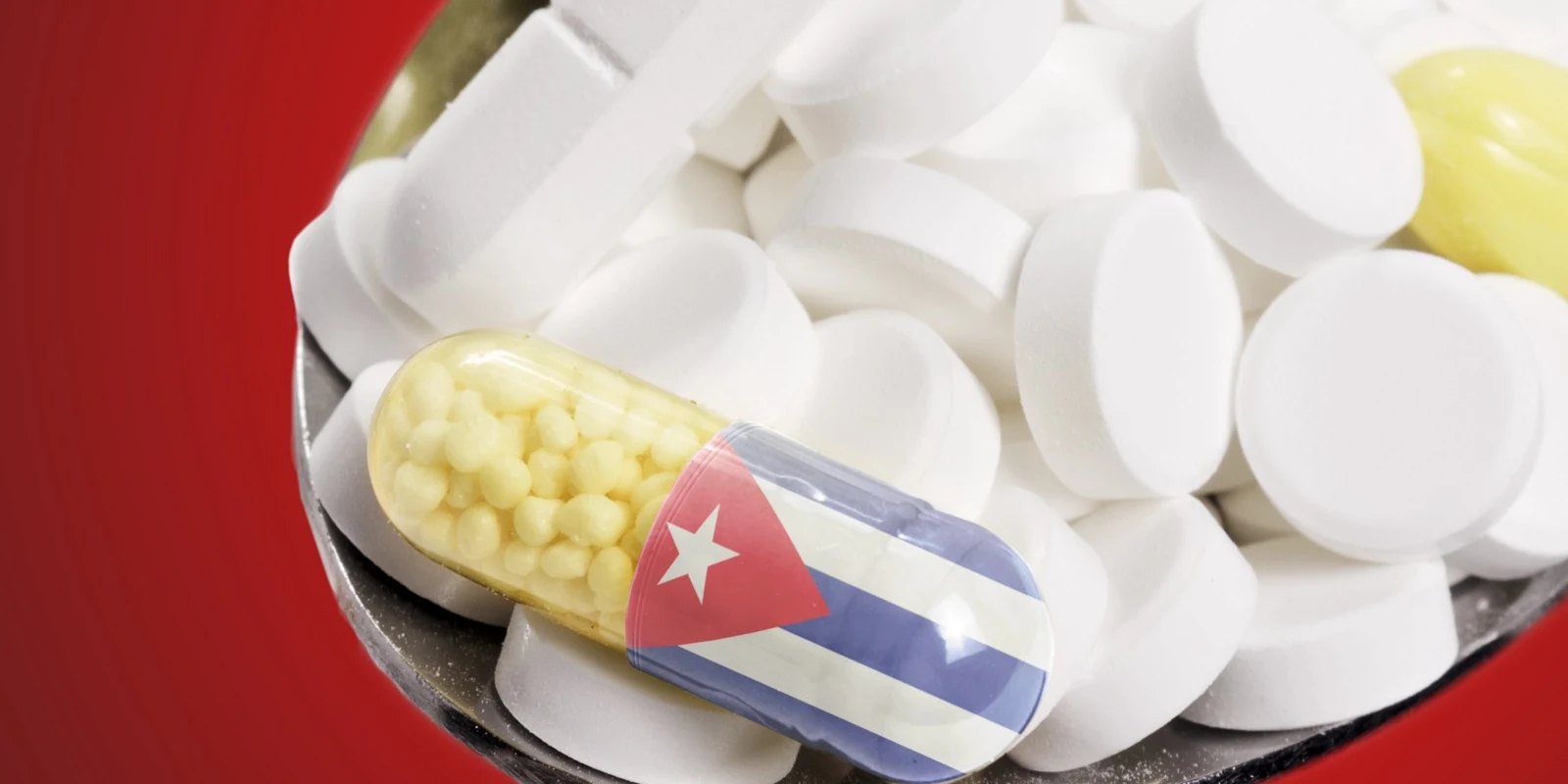
Prior to connecting to a Havana fight from Miami, my trip coordinator requested all students bring gifts to share with the Cuban community. The sky was the limit: from toilet paper to flash drives, hand sanitizers to pencils, medical journals to pillowcases — whatever our hearts desired. Having such a wide range of items made me wonder how Cuba, a developing country with limited resources, has health outcomes surpassing those of the United States. How can this be and is it possible the US can learn valuable lessons from our neighbors? With curiosity, I explored how care is delivered in Cuba and reflected on their inner workings of clinical practice.
As I walked off the airplane into the Aeropuerto Internacional Jose Marti Habana and onto Venida Rancho Boyeros, I felt as if I had just walked out of a time machine into the 1950s. Mesmerized by beautiful old-fashioned cars and friendly conversation with locals, I was overcome with excitement to learn, explore, and serve. I spent a day with the National School of Public Health (ENSAP) where I received, from dialog with doctors, nurses and professors, the Cuban perspective on public health practice and its intersection with healthcare.
Their national model is categorized into three tiers [2]:
- The first level is the grassroots level focused on primary care and prevention. This is the largest and most crucial level; everything begins in the community. Family Medicine Doctors are responsible for mobilizing the community: campaigning for sanitation, emphasizing the need for blood donations, administering vaccinations and controlling environmental infectious diseases. This investment connects subsequent levels and ensures prevention is the foundation of all provided care.
- The second level consists of large referral hospitals where specialized care and surgical procedures are provided.
- Last, the third level is composed of research institutions where groundbreaking studies are conducted.
Cuba’s national system for universal healthcare is built on the principle that healthcare is a human right. The government is therefore responsible for providing easy access to free services. Primary care, prevention, and community involvement programs are homogeneously integrated into all sectors throughout Cuba. There is no medical private practice or tertiary care. This is financially burdensome on each state, but absorbed cost is necessary to ensure the health of the country. This alone displays a critical difference in emphasis of care when comparing the Cubano values with the US.
Despite uniform care across each province, the Cuban healthcare system prides itself on objectively evaluating the needs of each community. Yearly assessments and analysis of social conditions are conducted by providers at the first level. This method of care is expensive for the state, who invests more than 60% of funds in the primary level. However, this upfront investment may explain why, by global comparison, the efficacy of delivered services in Cuba is ranked #37 while the US is #50. These data are based on life expectancy, cost as percent of GDP per capita, and health care cost per capita. [1]
During my exploration of the polyclinic, I witnessed, first-hand, the central focus of level one: prevention. These clinics are located across both urban and rural areas with an equal distribution of resources. Each polyclinic is comprised of pediatricians, social workers, psychiatrists, and supervising nurses — a total of 15 primary providers. The clinic also contains a rehabilitation center, emergency department, and radiology area where labs, ECG, and ultrasounds are performed. Weekly specialists such as dermatologists, ENTs and allergists visit to prevent patients from undertaking excessive travel. Dentists and specific (maternal and child, cervical cancer, and HIV) programming are also available. The population served by each clinic is placed into categories, which helps determine how many visits per year is necessary for each patient: [2]
- Group one is low risk and healthy. These patients have annual visits.
- Group two is at risk and requires 2–3 consultations per year.
- Group three contains people with chronic diseases who require at least 3 consultations per year.
- Group four is comprised of individuals experiencing complications of chronic disease. They require the most visits. However, this group does not account for a large percentage of the population.
Beyond health care, the government places equal emphasis on education. With no out of pocket cost to Cubano or international students, Cuba is a hub for training health professionals to serve low-income communities and advocate for preventative medicine. By strict comparison, health literacy in Cuba is greater than in the US. This may play a large role in the observed differences in health outcomes. In parallel, the US embargo confounded with the Cuban government’s investment in education, housing and health, forces the country to rely heavily on the private sector to generate income. Consequently, minimal funds are available to pay workers. All employees, regardless of education level, receive low wages.
This lack of resources entices Cubanos to seek refuge in America where there are more opportunities for growth. A licensed Cuban physician, working at a UL Pediatric clinic as a medical assistant, offered more insight. Cuban Family Medicine Physicians earn $20–30/month while in the US they earn at least $15,500/month. Despite the extreme difference in income, she cannot deny healthcare delivery is better in Cuba. Interestingly, it is not based on the way their physicians are trained but instead lies in the method they practice medicine and the accessibility of services for the community. She observed the lack of communication between providers in the US and the impact it has on patient care. Though missing the Cuban culture and despite the shortcomings US healthcare offers, she is grateful to call Louisville home.
The US has many positive characteristics, but our healthcare system still needs improvement. We can learn a great deal from our small, neighboring country — 90 miles south of Key West, Florida.
Faihza M. Hill, a third year medical student and advocate for equity in education and health delivery, is completing a Distinction in Medical Education at the University of Louisville School of Medicine. She holds a Master of Science in Physiological Sciences and a Master of Public Health with a concentration in Policy and Management both earned from the University of Arizona.
References:
- Du, L., & Lu, W. (2016, September 28). U.S. Health-Care System Ranks as One of the Least-Efficient. Retrieved July 04, 2017, from https://www.bloomberg.com/news/articles/2016-09-29/u-s-health-care-system-ranks-as-one-of-the-least-efficient
- Keck, C. W., & Reed, G. A. (2012). The Curious Case of Cuba. American Journal of Public Health,102(8). doi:10.2105/ajph.2012.300822
- Keck, C. W. (2016). The United States and Cuba — Turning Enemies into Partners for Health. New England Journal of Medicine,375(16), 1507–1509. doi:10.1056/nejmp1608859







